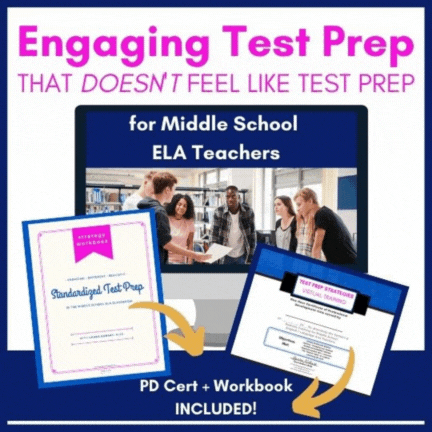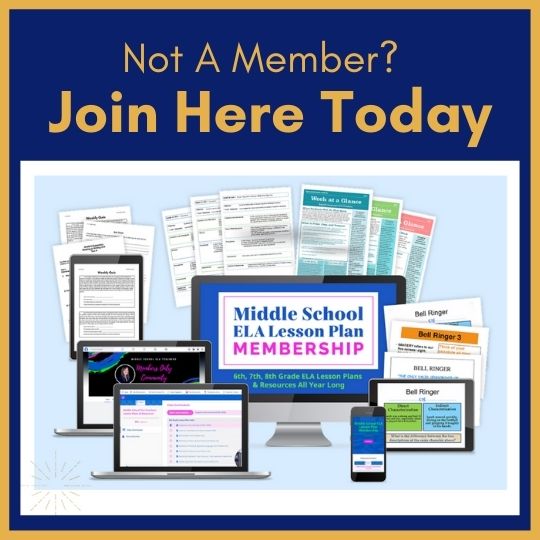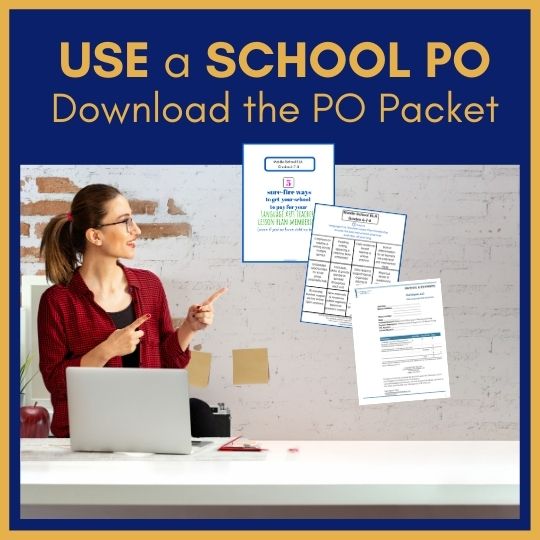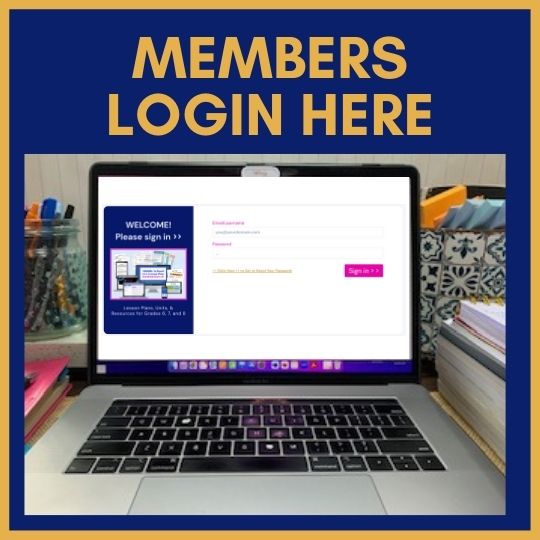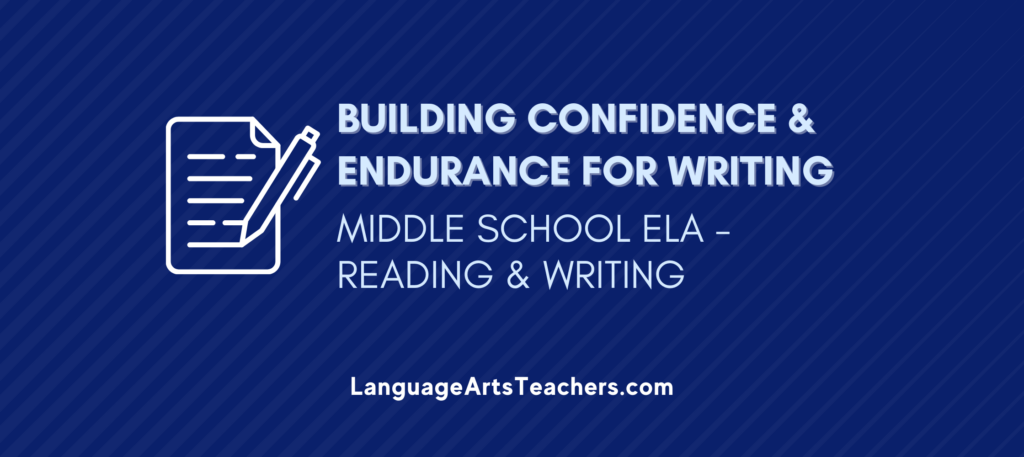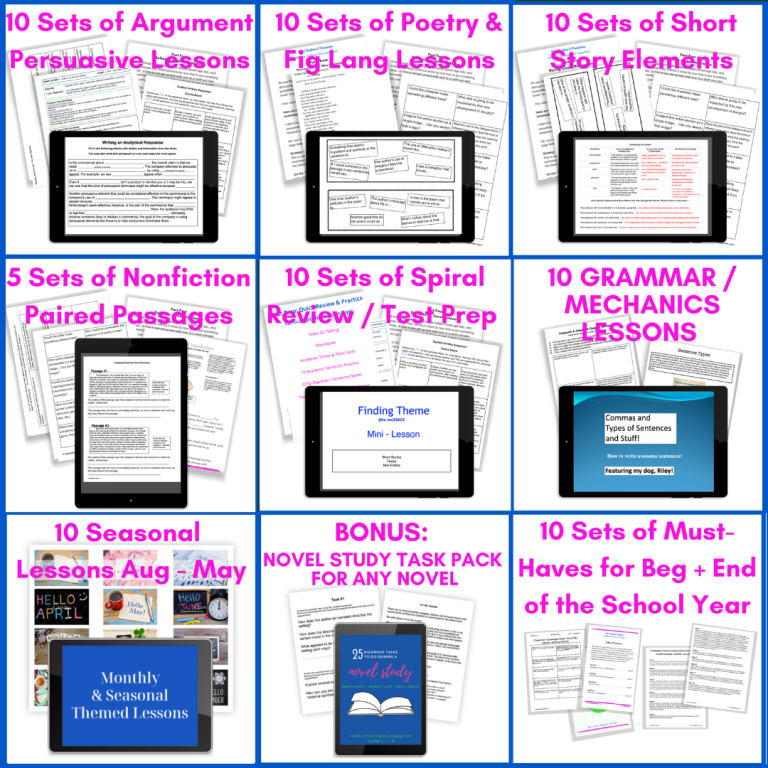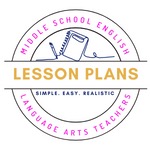Project Based Learning (PBL)
Helping Students Take Ownership of Their Learning
Ok, let’s be real here: Anytime you give 12 year-olds a project and then release them to go work on it, there’s going to be some chaos.
Here’s what PBL is supposed to look like in my 6th grade class:
- We spend one hour each day, Monday – Friday, on PBL.
- The kids work in groups of 3-4 independently while I work at a table with 5 students who need “intervention” skills (so the real reason we have PBL is so the “other kids” have something to work on while I’m trying to “close the gap.”
- District officials tell us that PBL helps students learn the 21st century skills of collaboration, building, creating, thinking critically, and gaining confidence in problem-solving skills.
- We are not allowed to grade these projects. Students work Monday – Thursday on the projects and then present their final projects to the class on Fridays. Extra time left over is to be used for “team building” or “character development.”
Here’s what PBL realistically looks like in action:
- It’s loud and crazy and I can barely hear the voices of the kids I’m “intervening” with.
- I’m not supposed to even get up from my table– Our district provided training on how to put up a little flag, or wear a little tiara or something to indicate that kids cannot interrupt me while I’m working at my table.
- When I look up, most of the kids are not working, are not reading, and are loud and off-task.
- Some kids are doing all the work because they feel like it still has to get done.
- Other kids are frustrated with the noise and confusion and ask to go work in the hallway or the library to get some quiet (at least one teacher at my school has had her wrist slapped for instituting a “silent” PBL class because the noise level was too much).
Four Steps to Make PBL Possible in Your Classroom
I realized that I needed to model, repeat, show, demand, and model again for how I wanted and NEEDED PBL time to function. I spent three weeks at the beginning of the school year going through the following steps.
Week 1 (aka Step One)
- I group my students myself and we use the planning chart to plan/organize who will do what tasks throughout the week. The point is to show my students that they must read everything first and then plan out what supplies they’ll need, who will do which tasks, estimate how long each task will take, etc. All of that is on the chart I have them use. Each group receives one chart at the beginning of each week (and each week represents a new PBL experience).
- I model EVERYTHING! I pull out all the materials in front of them (they pull out theirs). I read aloud, stop and think, write down ideas (and they do the same). Then I continue reading aloud a little more, stop and think aloud, let them think aloud… I write down ideas and they write down ideas. I keep doing this until I’m done reading through the project requirements. It’s important to model for them that you HAVE to read everything FIRST and plan/estimate what will need to be done each day to get it all done by Friday.
- Also talk with them about how we all have strengths and weaknesses. How can we use those strengths to make the best project possible? For instance (the PBL we had one time was to build a model of the Great Wall of China): In one group, John is the best at drawing/coloring so he will draw/color the wall and the surrounding scenery. Amy is really good at making things fit together and building stuff, so she brought in cardboard scraps and starting literally building it. Gracia had the best handwriting, so she took on the job of labeling and writing everything.
- I also talk with them about noise level. I emphasize how only one person in the group should be talking at a time and what that voice volume should sound like. We even practice it! I’ll give them a silly sentence, like “I picked my nose and ate the booger and it did not taste like sugar.” So they practice saying this silly sentence (and laughing about it!) and we then talk about the noise level (see? you can laugh and talk and it’s not loud, is it?)
Week 2 (aka Step Two)
- I keep the students in the same groups from last week so they can just focus right now on the procedures I want them to follow for each PBL assignment.
- I step back a little by still doing read-alouds of all the instructions and any and all booklets along with think-alouds (If you don’t get this down, the kids will tend to skip the reading parts and immediately try to start creating the project. So then they’re “done” by the second day and it’s not even correct because they ignored the background reading and most of the instructions!) I let them figure out the planning chart aspects of what materials they’ll need and all that)
- I roam around the room ensuring that they are really thinking logically about how long each day’s activities will take and who will be able to do what.
- Again, I discuss and model and practice “noise level” with my kids. If it’s getting even the slightest bit noisy, I calmly say, “Point to the group where the loud talking is coming from” and they point. This is pretty effective because it puts the pressure back on the noisiest group and it gives other kids the feeling that they’re not going to get in trouble because of someone else’s group. If it’s the same group more than once, that group gets split up and those kids have to do the PBL solo for the rest of class (or the next day if it’s near the end of class). And I DO follow through with this.
Week 3 (aka Step Three)
- Once again, I keep the students in the same groups from last week so they can just focus right now on the procedures I want them to follow for each PBL assignment.
- I have students do the reading/thinking/planning on their own this week. I am totally active though, in that I sit down with each group a few minutes at a time and check their planning progress as well as ask questions about what they’ve read and how they’re dividing the tasks throughout the week.
- I reinforce the noise level issues and strategies as needed. Something else that helps is to put on some soft music in the background and set the rule that we always have to be able to hear the music.
- This is the time where as the teacher, I can pretty much tell who works well together and who should be separated. Next week, I’ll form new groups, and I keep forming new groups about every 3 weeks to keep things moving and changing.
Week 4 (aka Step Four)
- By Week 4, students are on their own and at the end of class I put a little stamp on the planning sheet if they accomplished their goal for the day. They’re in sixth grade, but they love getting my little stamps, so it makes it kind of fun that way!
- I also select a different student each week to take over the stamp duties after they see how I do it. I just tell the stamper that if they’re not sure about stamping a paper, have the student come see me.
- About stamping: Only stamp the paper if everyone in the group has met his or her goal for the team (unless there was someone absent or something like that). This puts some peer pressure out there, and that sometimes works better than anything I can do (since I can’t give grades for PBL).
- What if there’s a kid who still refuses to work while the other 2-3 in a group do everything? Simple: I pull that student out and that student completes the next PBL assignment completely on her own. She has to earn her way back into a new group the following week. I’ve never had a student have to do this two weeks in a row (though sometimes it’s the same kid a month later). Would I get a slap on the wrist for doing this, since they’re supposed to be in groups? Who cares? If I’m ever called out on it, my response will be “I’m just doing what’s best for kids” and I can feel just fine about it!
I hope that helps. Just remember that it’s a really good idea to at least reinforce this process after any long school break (Christmas, Spring Break) because they do tend to “forget” what they’re supposed to do sometimes and slack off!
What are some things YOU do to keep kids working well together when you just can’t be there to monitor things? Share your ideas below in the comments section!



